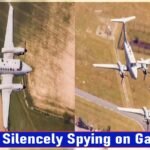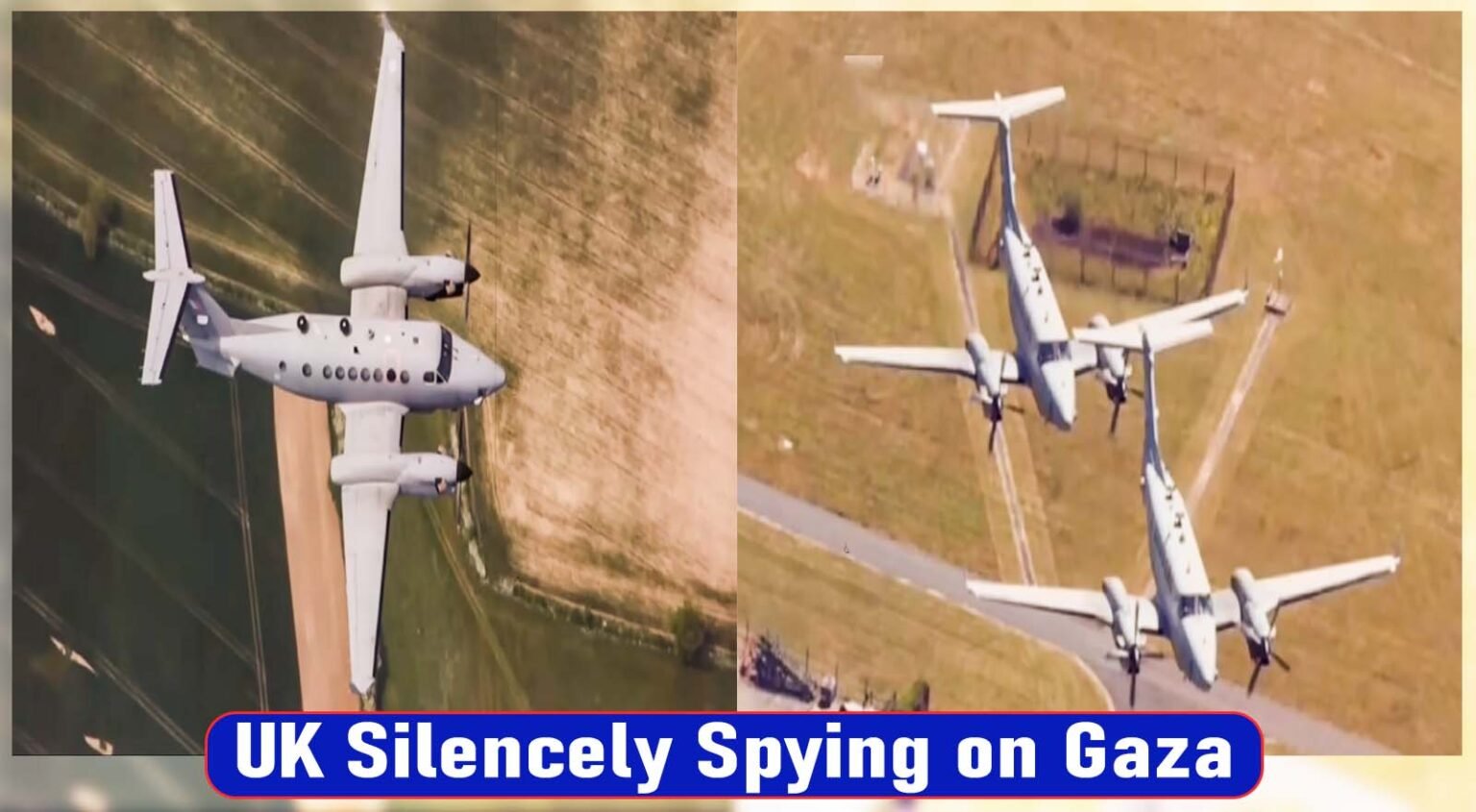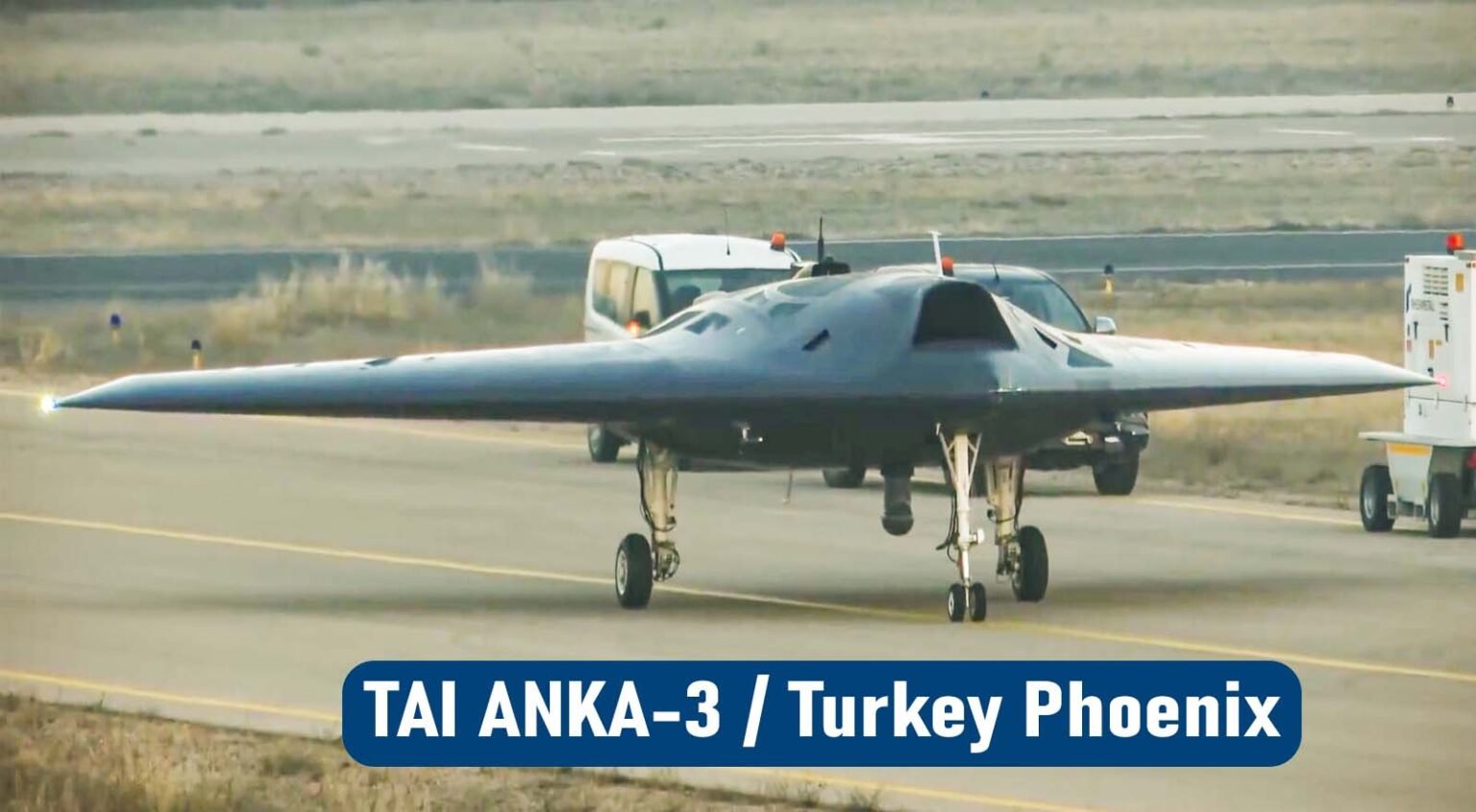The state-of-the-art aircraft is meant to breach sound resistance without producing an extremely loud boom. The highly anticipated X-59 Quesst, a supersonic jet that breaks the sound barrier without generating a loud sonic boom, is finally set to be unveiled by NASA and Lockheed Martin.
In Palmdale, California, at Lockheed Martin’s “Skunk Works” facility, the X-59 Quiet Super Sonic Technology (Quesst) jet has been in development since 2019. With the ability to travel at supersonic speeds, the experimental X-59 Quesst is intended to produce a “thump” that is akin to a car door slamming instead of the conventional sonic boom sound.
Here are some more details about some AI-based projects. You can see the overview of “Microsoft Step up to AI Stuff World in 2024” and “Is 2024 Called the Year of AI Phones?” You will love to know about this AI system. Just click on the name of the topic.

Due to the potential for sonic boom interruptions, NASA claims that the aircraft may contribute to the revision of regulations that now forbid supersonic flight over populous areas.NASA is going to roll the painted X-59 out of the hangar for the first time on Friday, January 12, starting at 4 p.m. EST (2100 GMT). This will be a free broadcast. Thanks to NASA, you can watch it on Space.com, NASA+, or NASA TV. NASA is also extending an invitation to the public to hold watch parties in conjunction with the rollout, offering free STEM toolkits for schools and printed invites from the agency.
One other time, in August 2023, the X-59 was unveiled in front of the cameras. However, that was prior to the jet being painted in its final livery, which consists of red, white, and blue paint.

The X-59’s remarkable and distinctive shape was clearly visible during that rollout. With a length of 38 feet (11.5 meters), the aircraft has a pointed, extended beak-like nose portion. According to a NASA announcement from 2021, the aircraft’s nose piece will contribute in forming the shock waves the vehicle produces during flight.
Because of its snout, the X-59 lacks a forward windscreen, which prevents pilots from seeing out of it. Instead, the External Vision System, or XVS, as NASA refers to it, is used by pilots to see in front of the aircraft. According to a 2019 agency statement, this technology “creates an augmented reality view of the X-59 pilot’s forward line-of-sight along with graphical flight data overlays” using a forward-facing camera, a display screen installed in the cockpit, and special image processing software.

The aircraft, measuring 30 meters in length and 9 meters in width, is intended to fly at an altitude of 55,000 feet (16,764 meters) and achieve a maximum speed of Mach 1.4, or 925 miles per hour (1489 kph). General Electric Aviation produces a single engine that powers the X-59.When the X-59 is prepared for takeoff, it will conduct a study campaign by passing over specific residential areas to gather information on how the quieter sonic booms it produces are perceived and responded to by those below.
NASA will then use that information to apply to regulatory bodies like the Federal Aviation Administration for permission to conduct commercial supersonic flights.
***Here is the source link to NASA’s official website. You can check here and go to the website and check it out.
What is the X-59’s quiet speed?
X-59 is a supersonic plane so this plane can take over the sound’s speed. The speed of the X-59 is almost 1.4 Mach.
What is the mission of the X-59?
NASA’s experiment, called Quesst, aims to show how the X-59 can fly supersonic without producing huge sonic booms and then investigates the sounds that the aircraft makes as it passes overhead.
What was the problem with the X-59?
The flaws were found “across several subsystems, including issues related to the flight control computer and hydraulic system,” according to NASA, and were discovered during system checkout testing at Lockheed Martin’s Skunk Works site in Palmdale, California.







